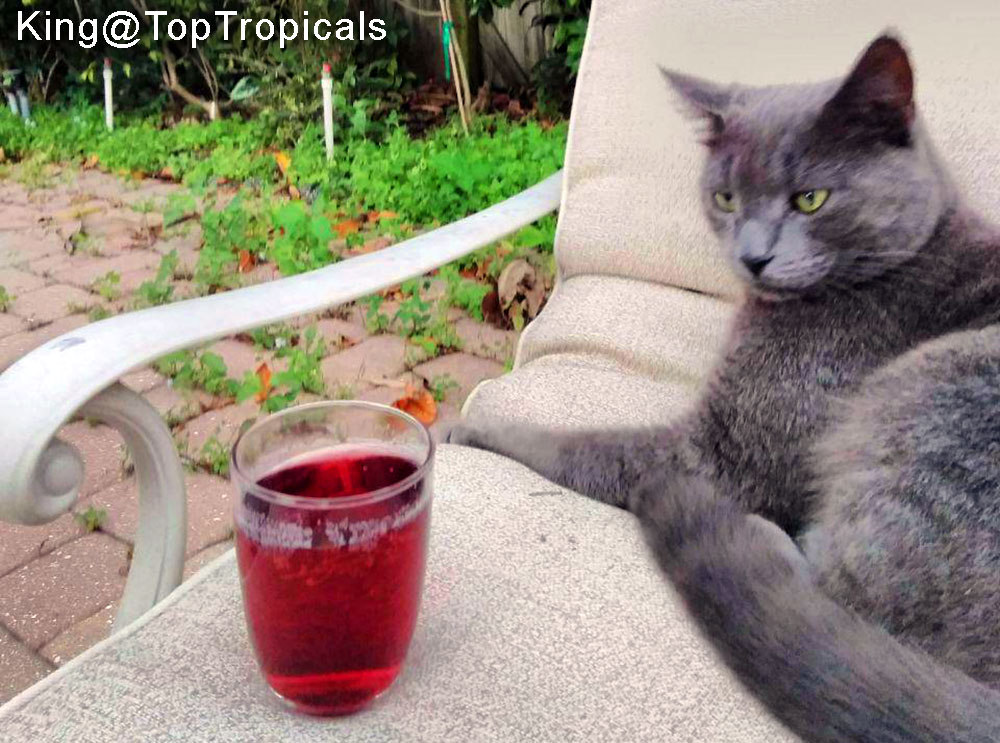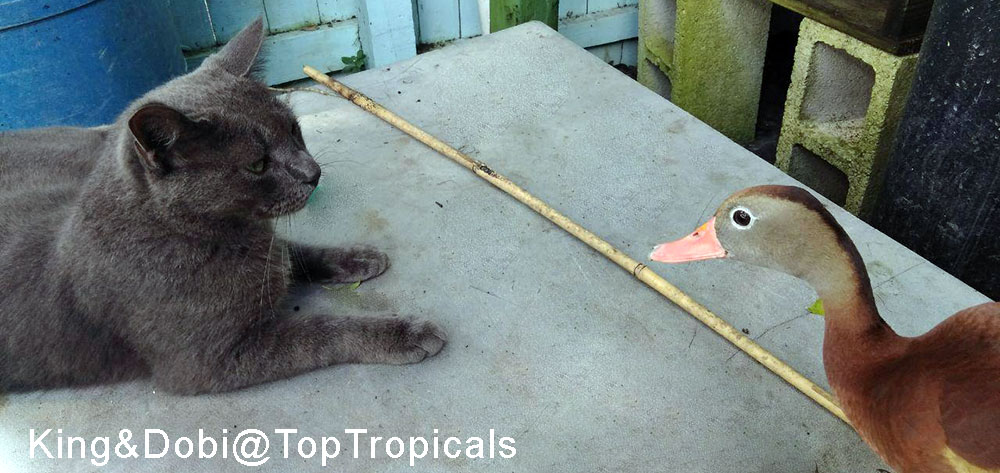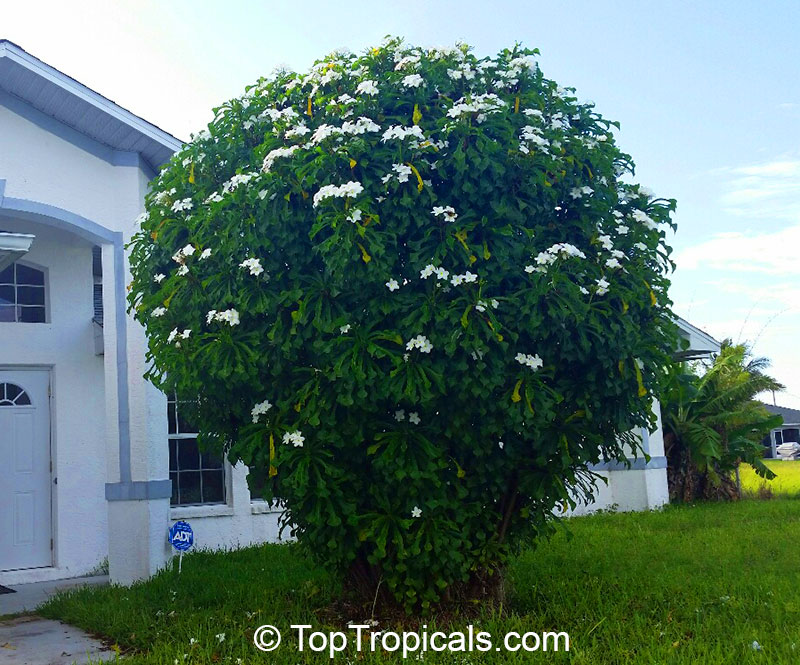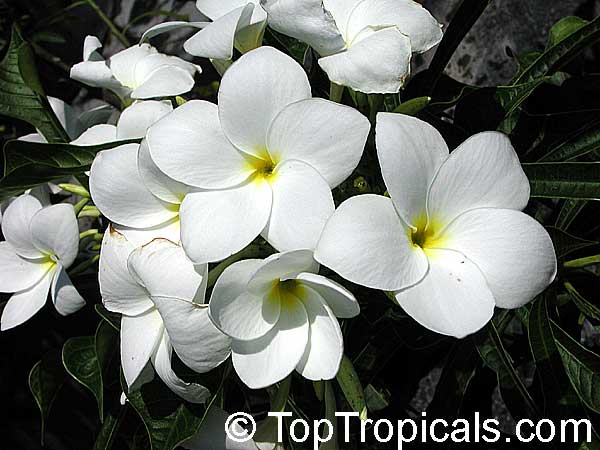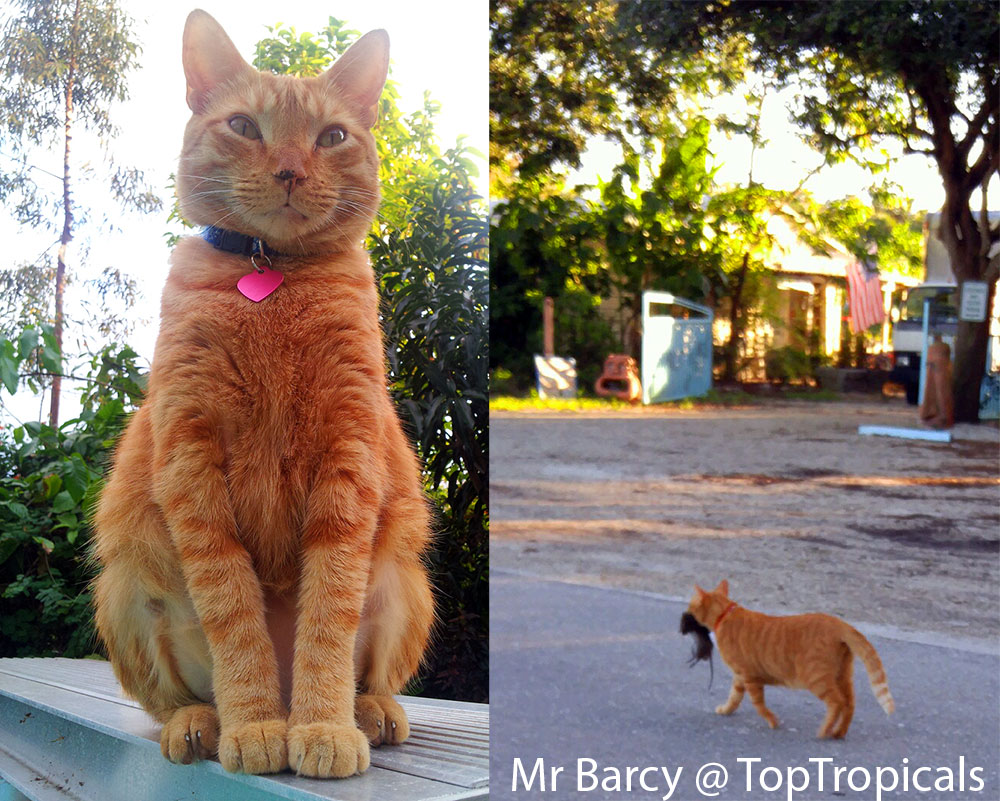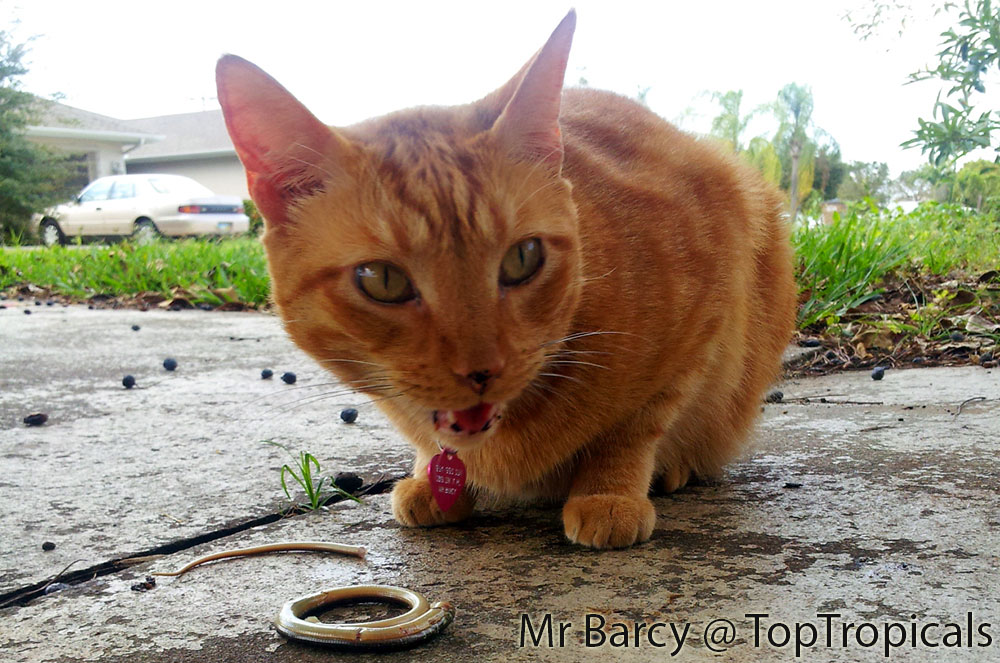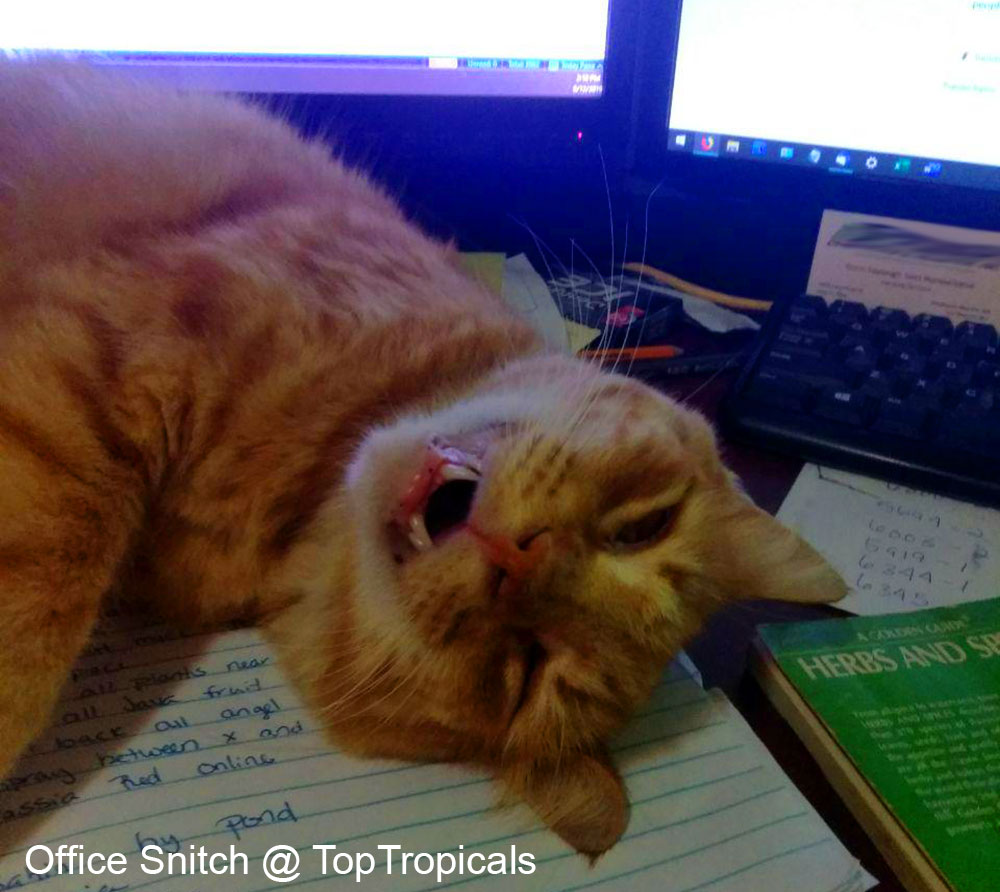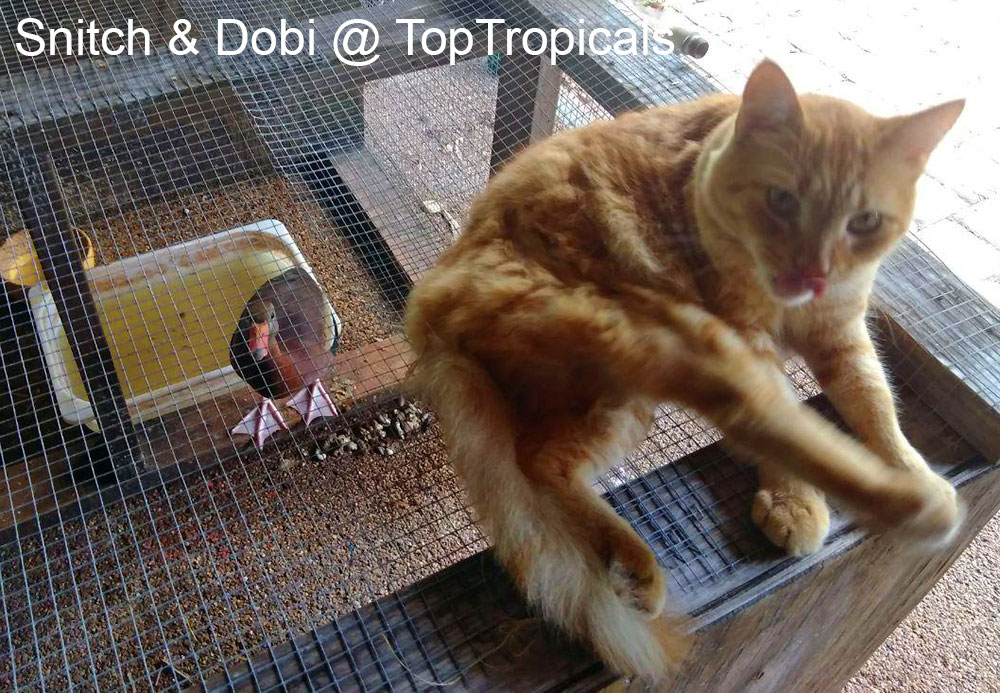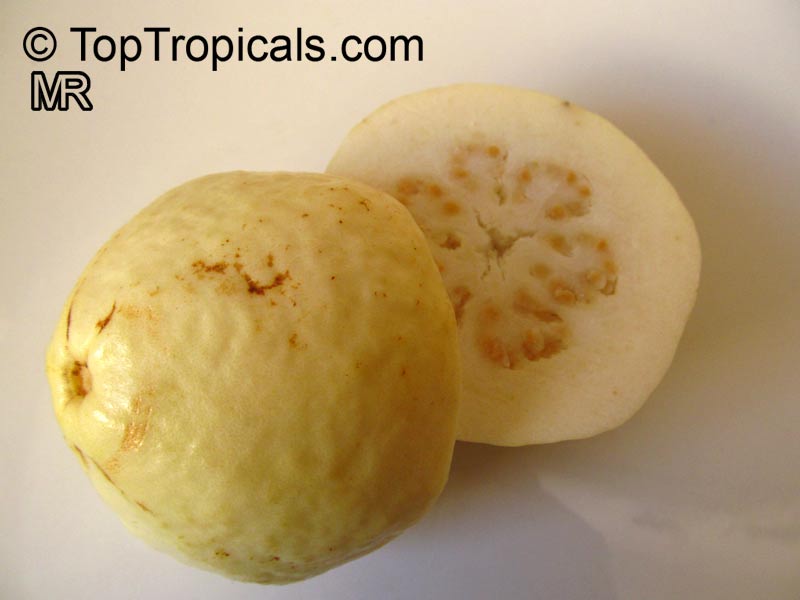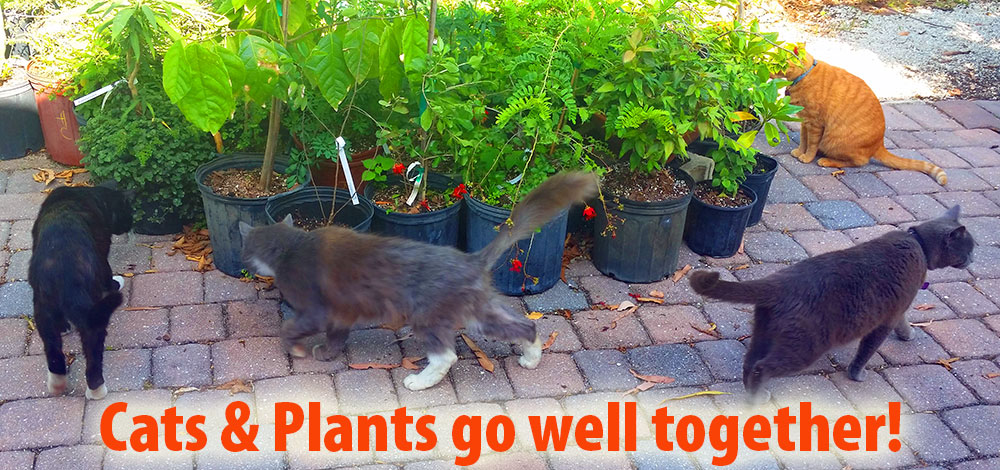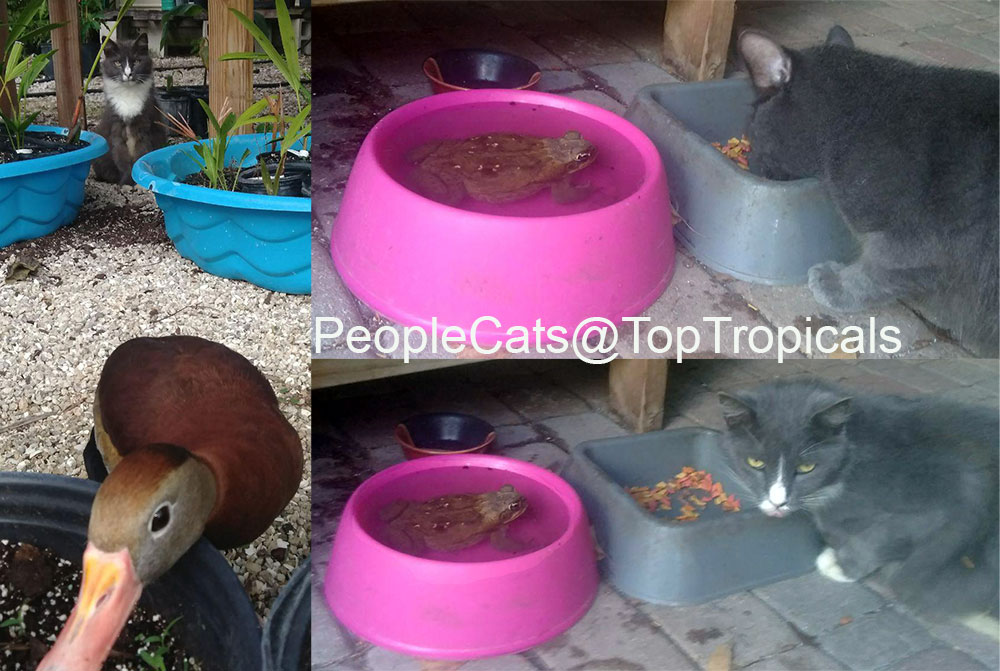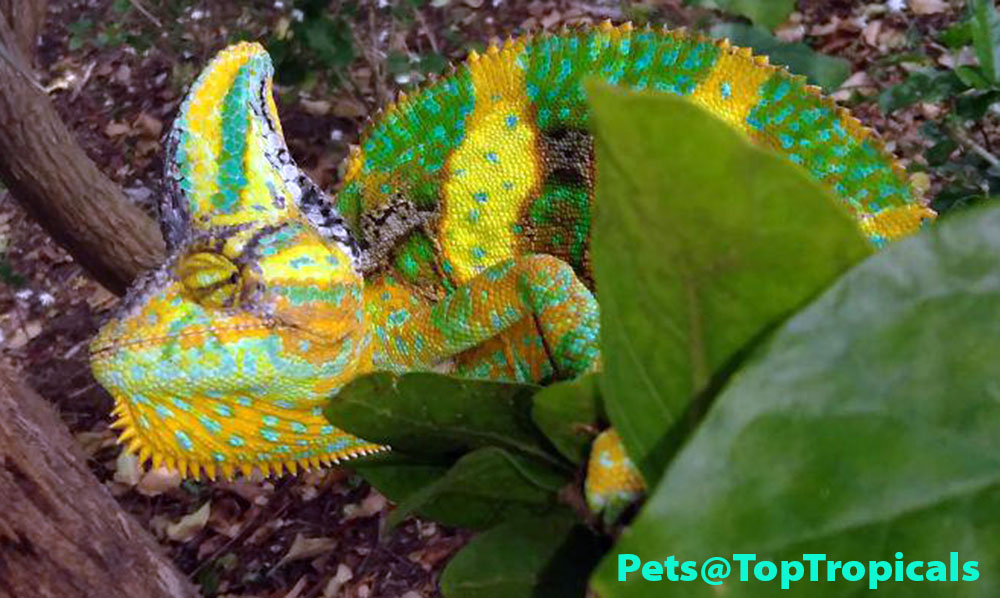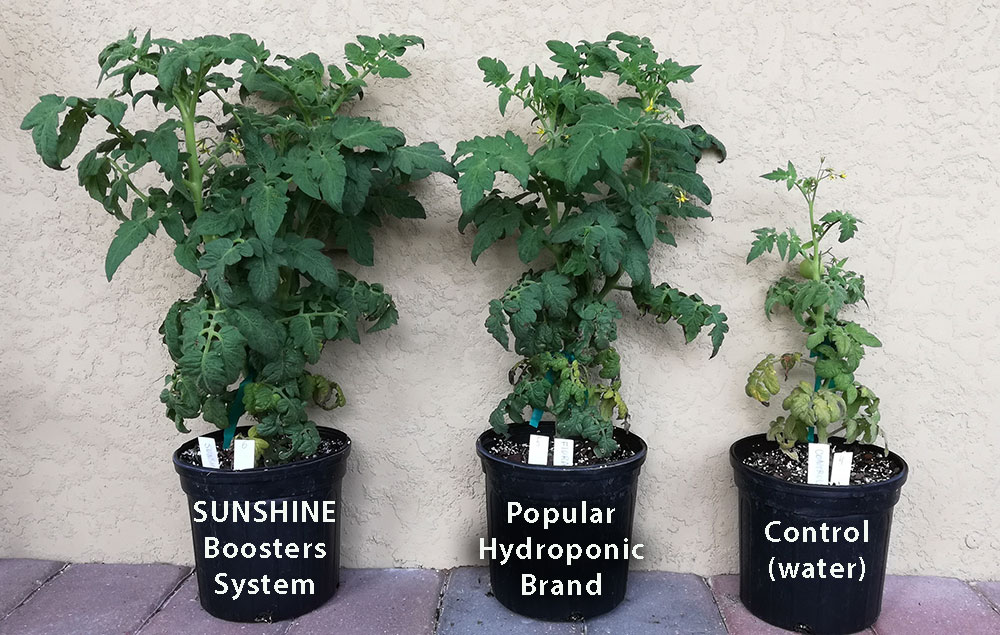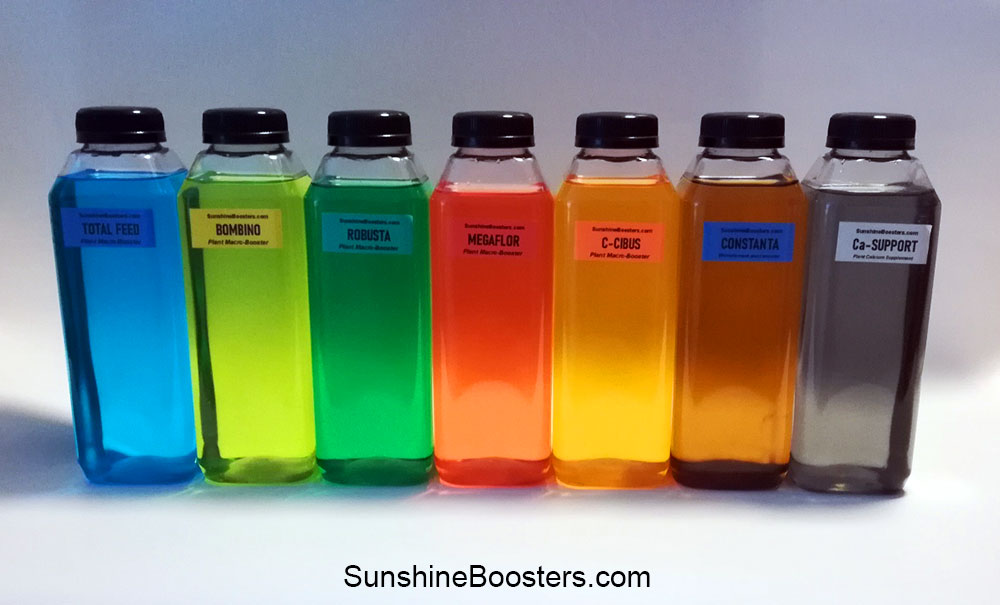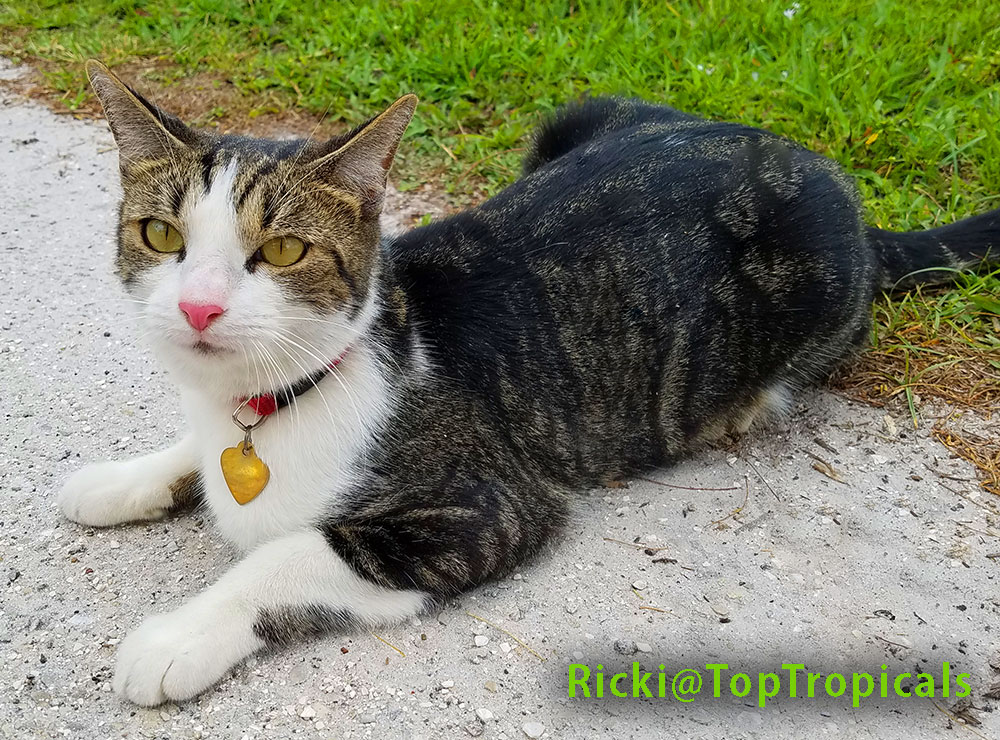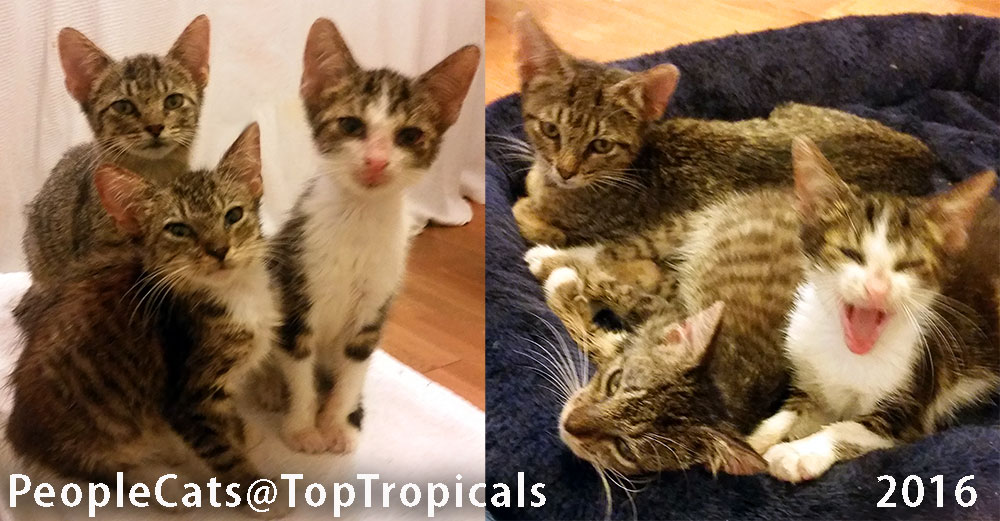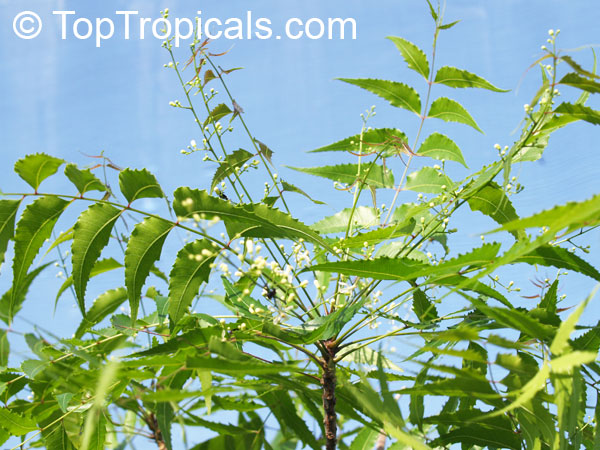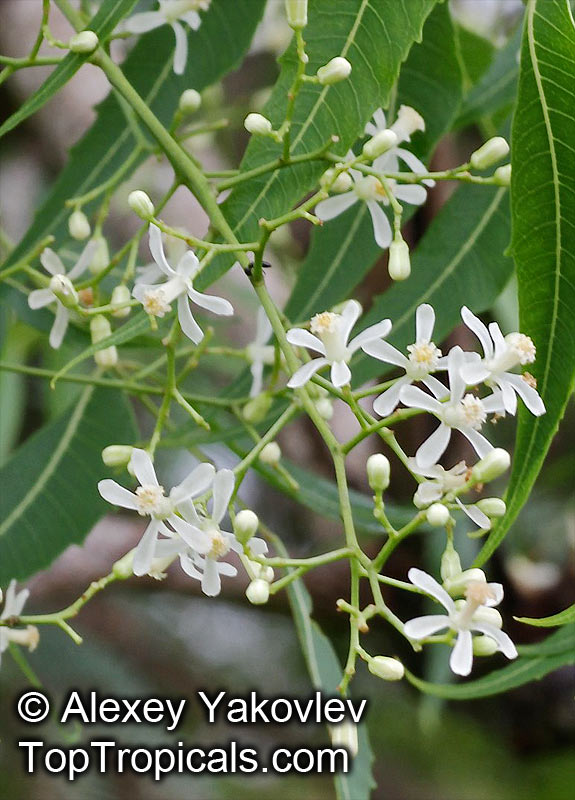Date:
Meet PeopleCats of TopTropicals. King: the King of the Nursery
King runs the nursery... when Duck Dobi has a day off. So technically, he is only an Assistant Manager.
As you remember, a few months ago King got in trouble protecting his property from invaders, and got a serious injury. He was rushed to the hospital and had a big surgery. The King was saved! Many customers reached out with help, placed orders for our special "Save the King" fundraiser and even sent donations to help him manage his medical bills. We want to thank you all again for your support, and for staying with us!
King will make sure his Homeland Security is always alert. We are safe here. Welcome to TopTropicals!
Check out Video: Meet PeopleCats of TopTropicals and more Cat of the Day stories.
It's been a hard day's night... and I've been working like a
dog!
Have I deserved my drink?
King and Dobi figuring out who is the Boss. Dobi knows who.

